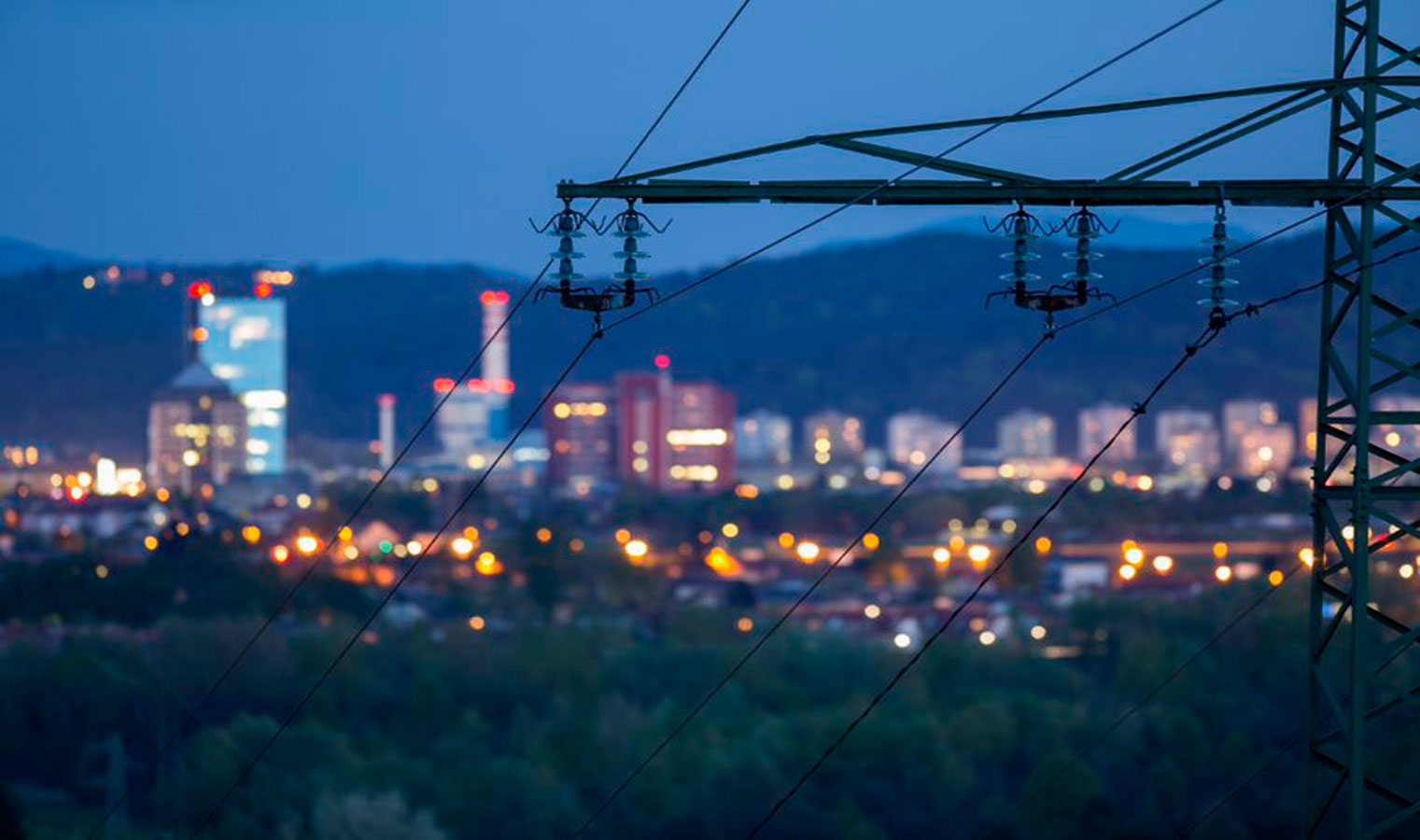For 40 years, we've been driving our country's economic and social progress. Four decades shaping Spain.
The Spanish electricity system
The Spanish electricity system
We work to ensure a constant balance between demand for electricity and generation, in the peninsula as well as the Balearic and Canary Islands, Ceuta and Melilla.

More than infrastructure
Our electrical system is made up of a set of infrastructures and the generation, operation, transmission and distribution elements needed to satisfy consumer demand for electricity at any time of day. This is because it is impossible to store large amounts of electricity and, therefore, continuous coordination is required to meet said needs.
Spain’s geography means that we need to have more than ten electrical systems. Of these, the peninsular electricity system is the largest and handles the greatest volume of electricity: more than 200 GWh per year.
For non-peninsular areas, their small size and isolation means that they have specific characteristics that require separate operations. We are referring to the systems for the islands of La Palma, Hierro, La Gomera, Tenerife and Gran Canaria, the Fuerteventura-Lanzarote link and the autonomous cities of Ceuta and Melilla. The unified Balearic system, despite being connected to the peninsular system since 2012, still retains some unique features associated with isolated systems.
The peninsular system is connected to France, Portugal, Andorra and Morocco, and accounts for 94% of electricity demand in our country.
Since 2012, it has also been connected to the island of Mallorca and the unified Balearic system since 2020, which connects all the islands in the Balearic archipelago. The Peninsula-Balearic link will be strengthened in the coming years with the installation of a new submarine cable included in the current plan.
This plan also includes a connection between the peninsula and the autonomous city of Ceuta to improve the continuity and quality of the power supply for the autonomous city and to advance the decarbonisation of the Straits.
More information about the second cable between the peninsula and the BalearicsNew peninsula-Ceuta connection
The non-peninsular systems are smaller and have limited connectivity, or none at all. They serve the Balearic and Canary archipelagos, as well as the autonomous cities of Ceuta and Melilla.
The island of Mallorca has been connected to the peninsula by a submarine cable since 2012, and the Balearic archipelago has had its own unified electrical system since 2020.
We are also working to develop new submarine links that connect the peninsula with the autonomous city of Ceuta and between islands, like the one to connect Tenerife with La Gomera.















